Case Number : Case 1436- 24 December Posted By: Guest
Please read the clinical history and view the images by clicking on them before you proffer your diagnosis.
Submitted Date :
Case History: 3yr/boy with slowly growing painless area of skin thickening in paraumbilical region since 1 year. ?morphoea
Case posted by Dr Arti Bakshi
Case posted by Dr Arti Bakshi

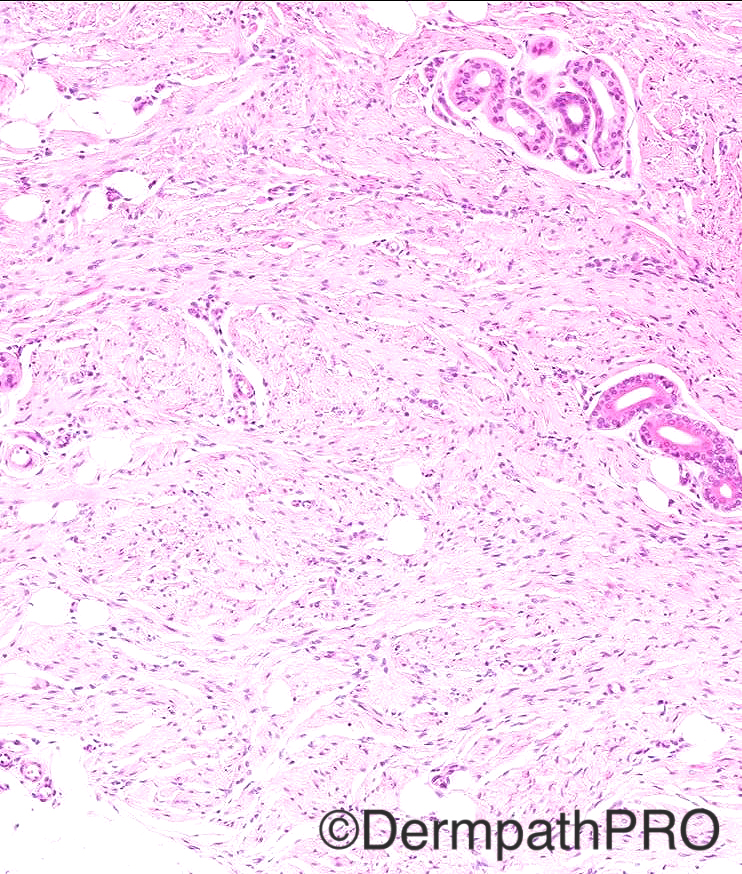
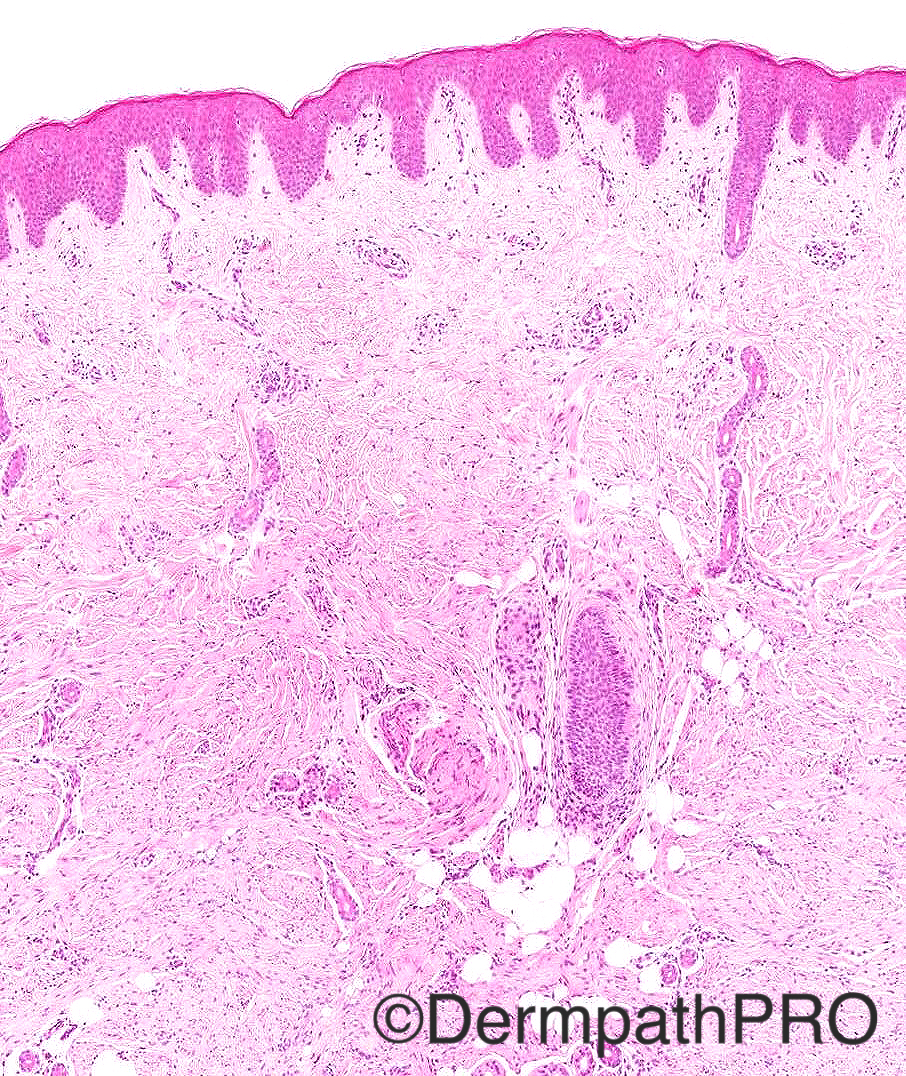

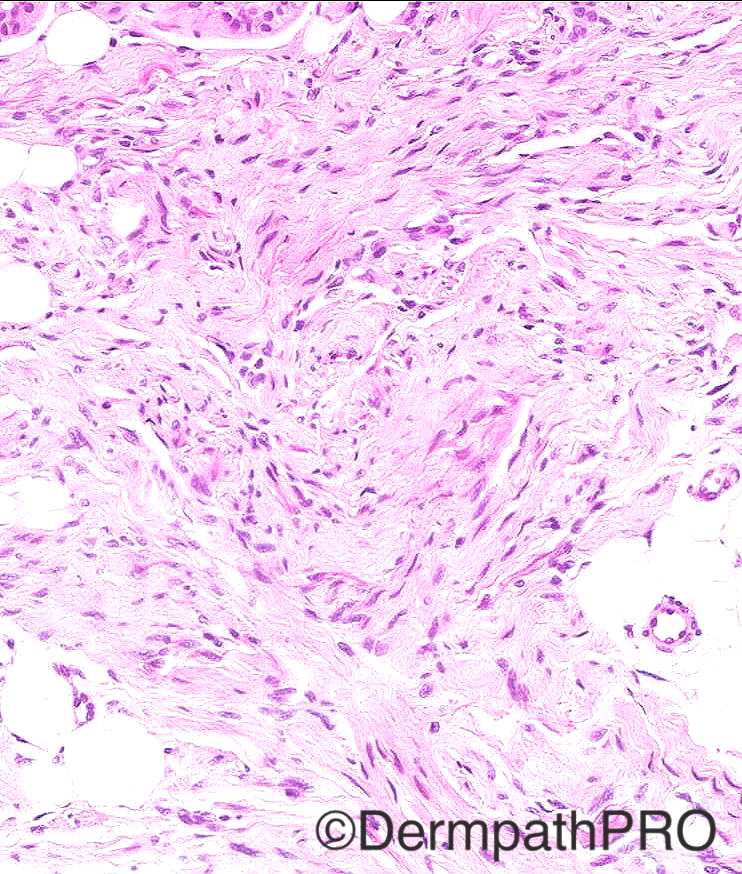
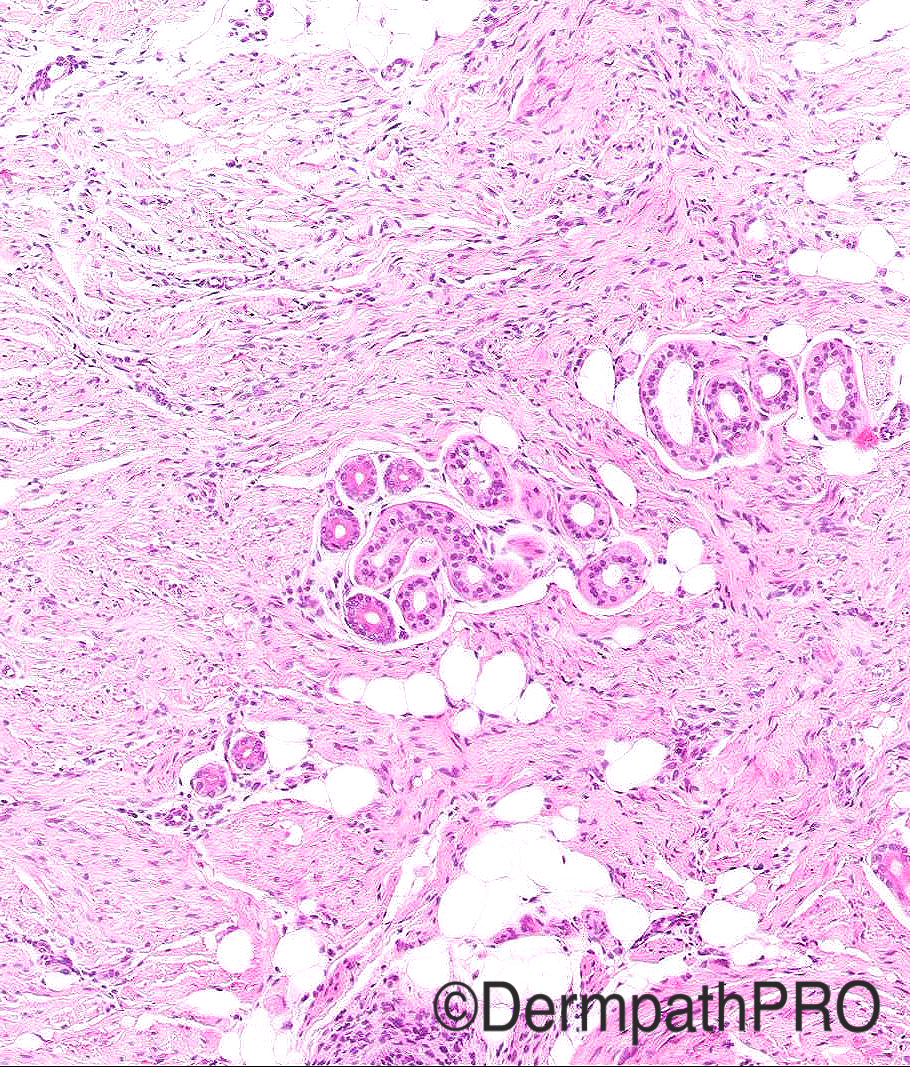
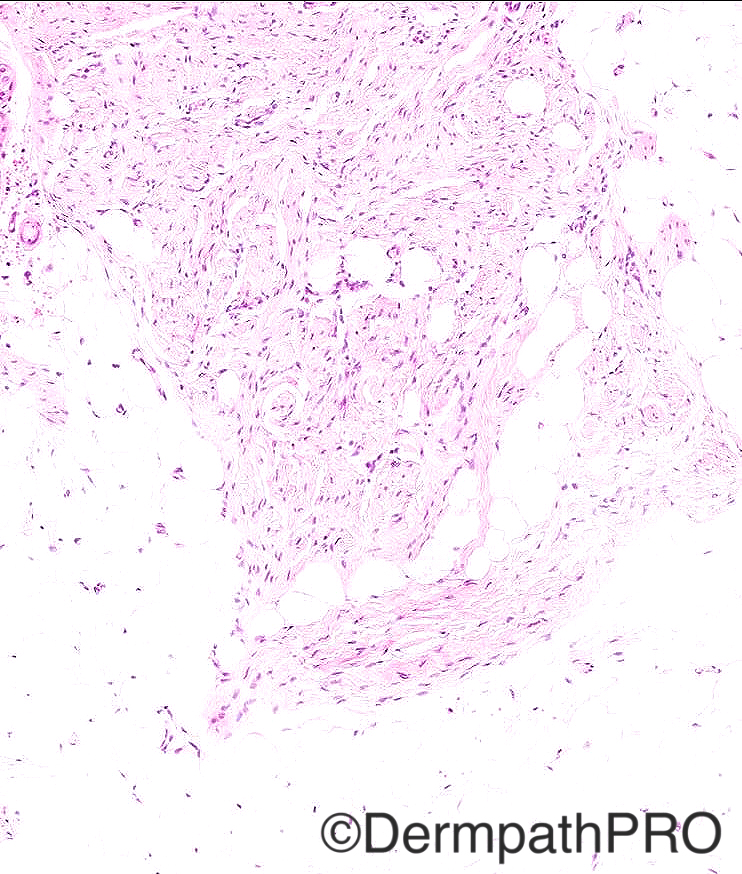
Join the conversation
You can post now and register later. If you have an account, sign in now to post with your account.